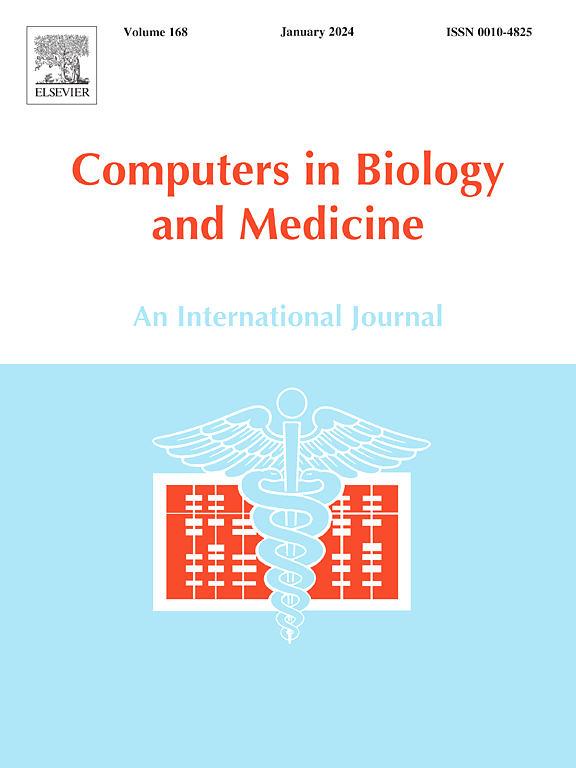Uncovering hepatic transcriptomic and circulating proteomic signatures in MASH: A meta-analysis and machine learning-based biomarker discovery
IF 7
2区 医学
Q1 BIOLOGY
引用次数: 0
Abstract
Background
Metabolic-associated steatohepatitis (MASH), the progressive form of metabolic-associated steatotic liver disease (MASLD), poses significant risks for liver fibrosis and cardiovascular complications. Despite extensive research, reliable biomarkers for MASH diagnosis and progression remain elusive. This study aimed to identify hepatic transcriptomic and circulating proteomic signatures specific to MASH, and to develop a machine learning-based biomarker discovery model.
Methods
A systematic review of RNA-Seq and proteomic datasets was conducted, retrieving 7 hepatic transcriptomics and 3 circulating proteomics studies, encompassing 483 liver samples and 169 serum/plasma samples, respectively. Differential gene and protein expression analyses were performed, and pathways were enriched using gene set enrichment analysis. A machine learning (ML) model was developed to identify MASH-specific biomarkers, utilizing biologically significant protein ratios.
Key findings
Hepatic transcriptomic analysis identified 5017 differentially expressed genes (DEGs), with significant enrichment of extracellular matrix (ECM) pathways. Serum proteomics revealed six differentially expressed proteins (DEPs), including complement-related proteins. Integration of transcriptomic and proteomic data highlighted the complement cascade as a key pathway in MASH, with discordant regulation between the liver and circulation. The ML-based biomarker discovery model, utilizing protein ratios, achieved an F1 scores of 0.83 and 0.64 in the training sets and 0.67 in an external validation set.
Conclusion
Our findings indicate ECM deregulation and complement system involvement in MASH progression. The novel ML model incorporating protein ratios offers a potential tool for MASH diagnosis. However, further refinement and validation across larger and more diverse cohorts is needed to generalize these results.
求助全文
约1分钟内获得全文
求助全文
来源期刊

Computers in biology and medicine
工程技术-工程:生物医学
CiteScore
11.70
自引率
10.40%
发文量
1086
审稿时长
74 days
期刊介绍:
Computers in Biology and Medicine is an international forum for sharing groundbreaking advancements in the use of computers in bioscience and medicine. This journal serves as a medium for communicating essential research, instruction, ideas, and information regarding the rapidly evolving field of computer applications in these domains. By encouraging the exchange of knowledge, we aim to facilitate progress and innovation in the utilization of computers in biology and medicine.
 求助内容:
求助内容: 应助结果提醒方式:
应助结果提醒方式:


